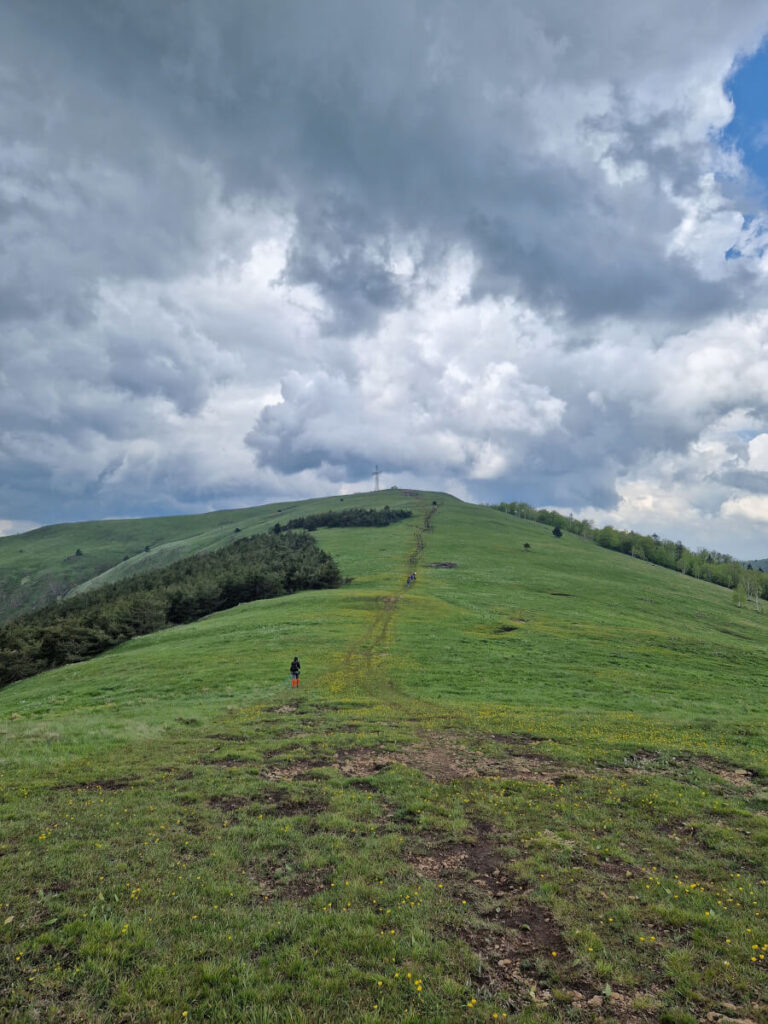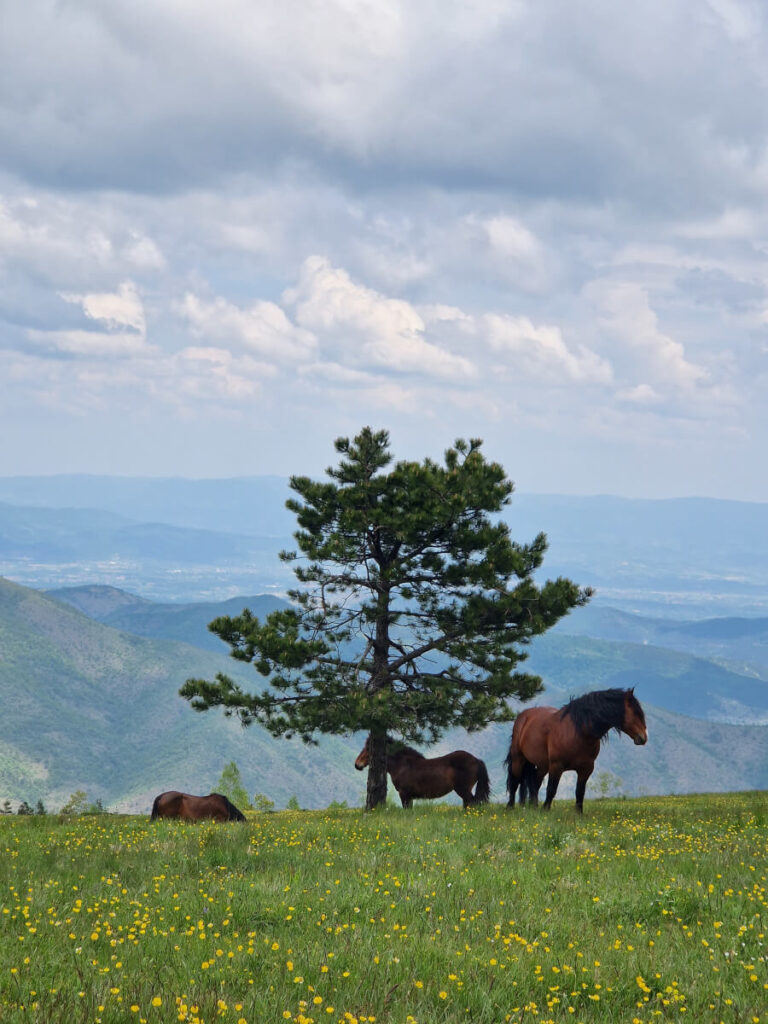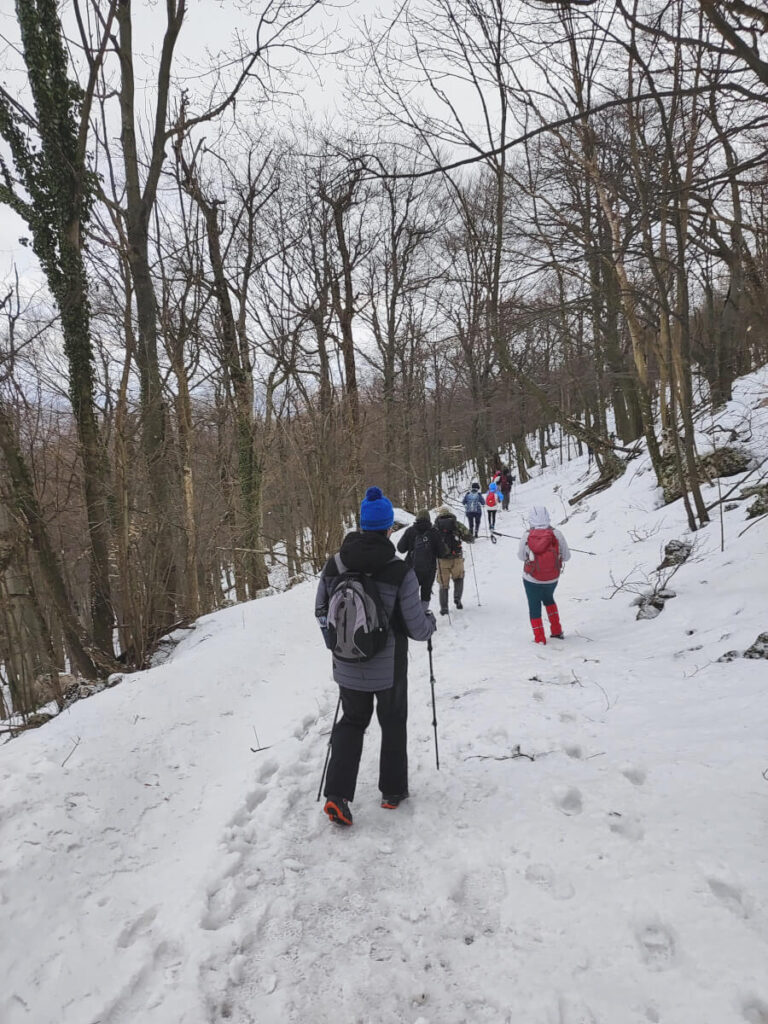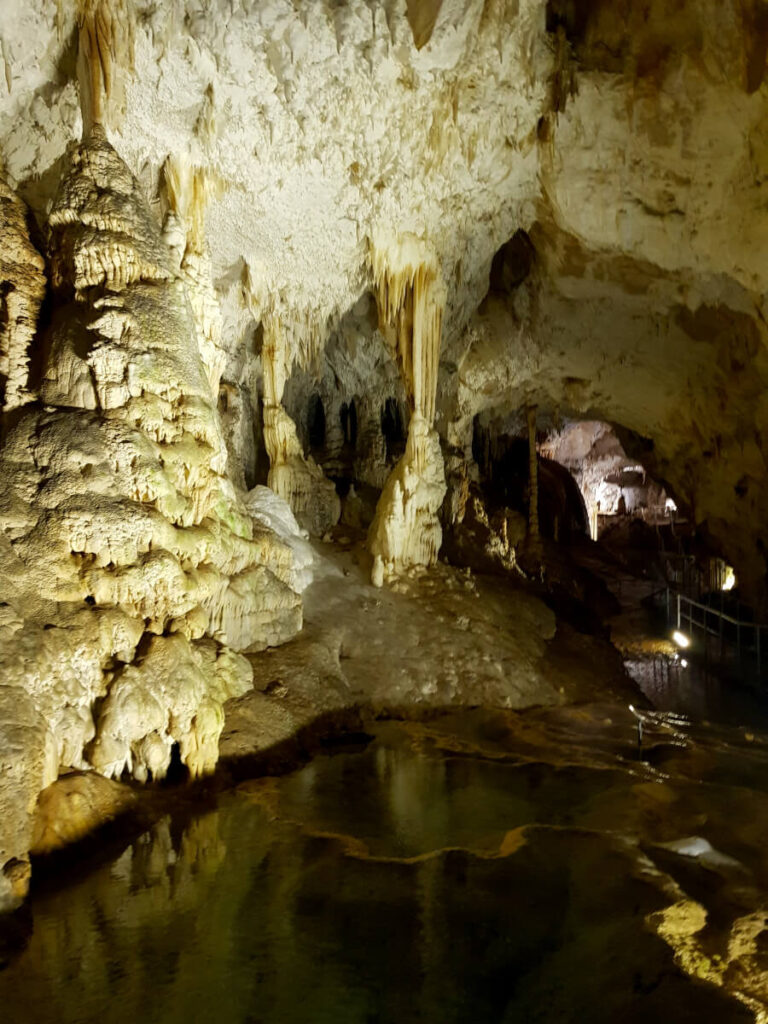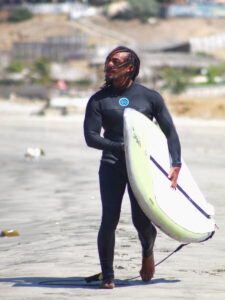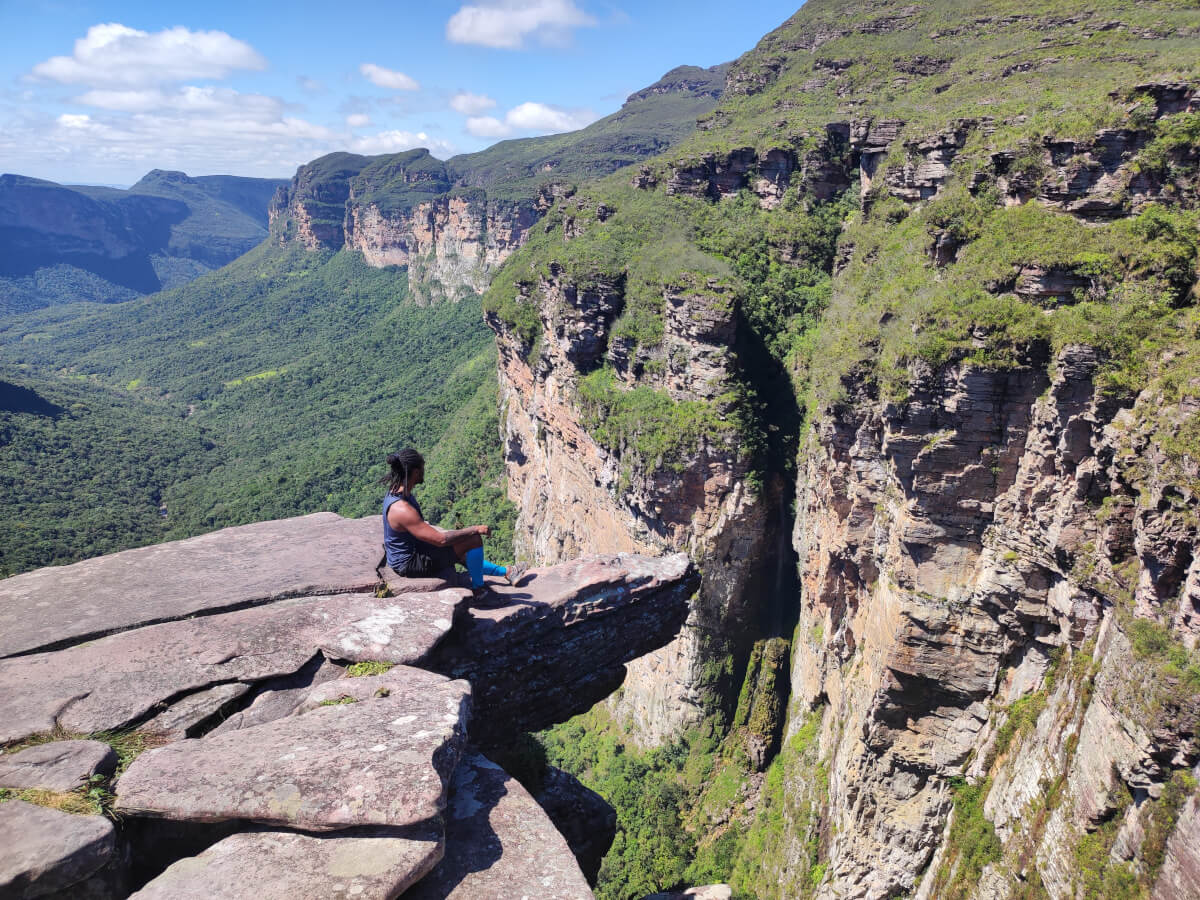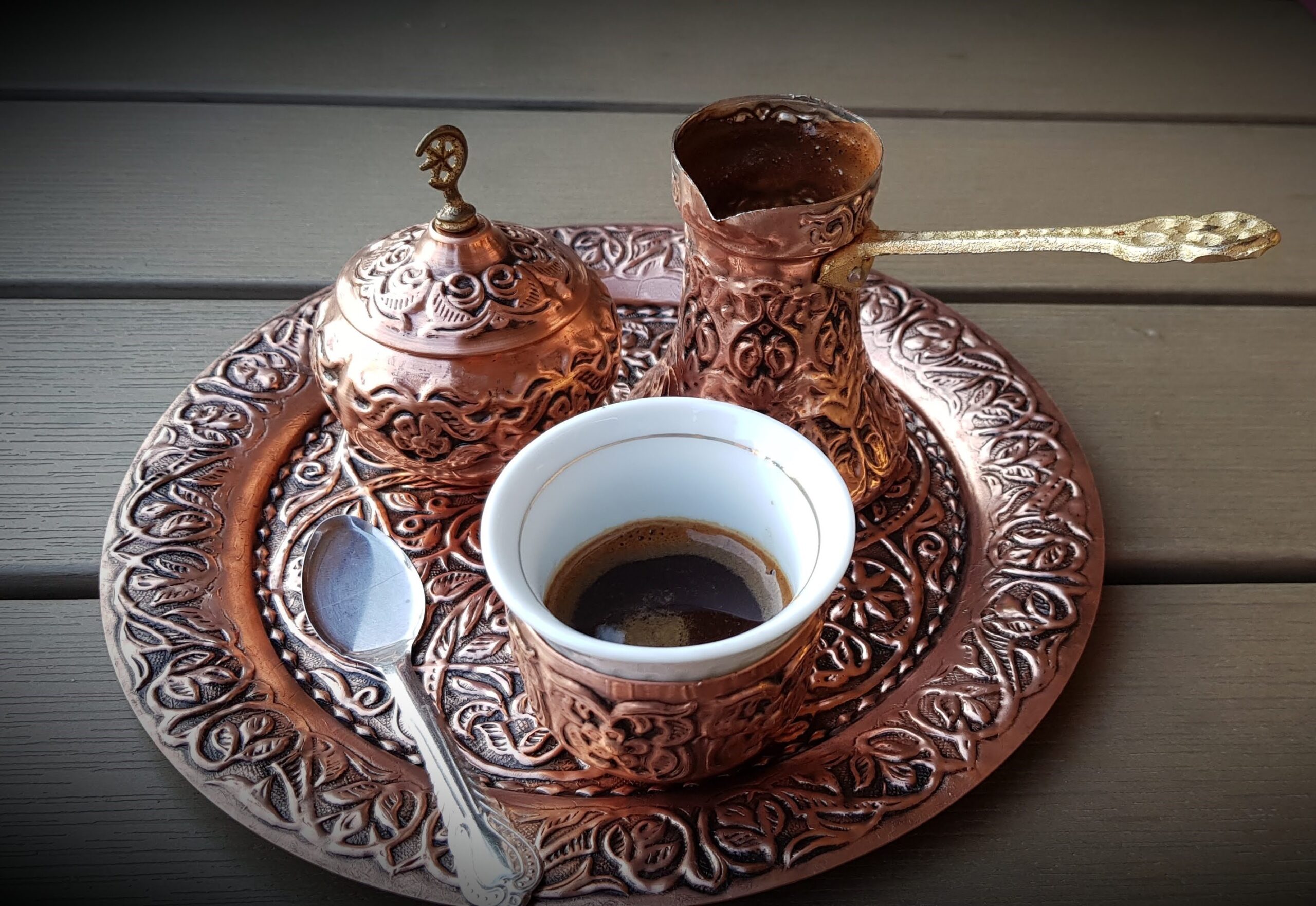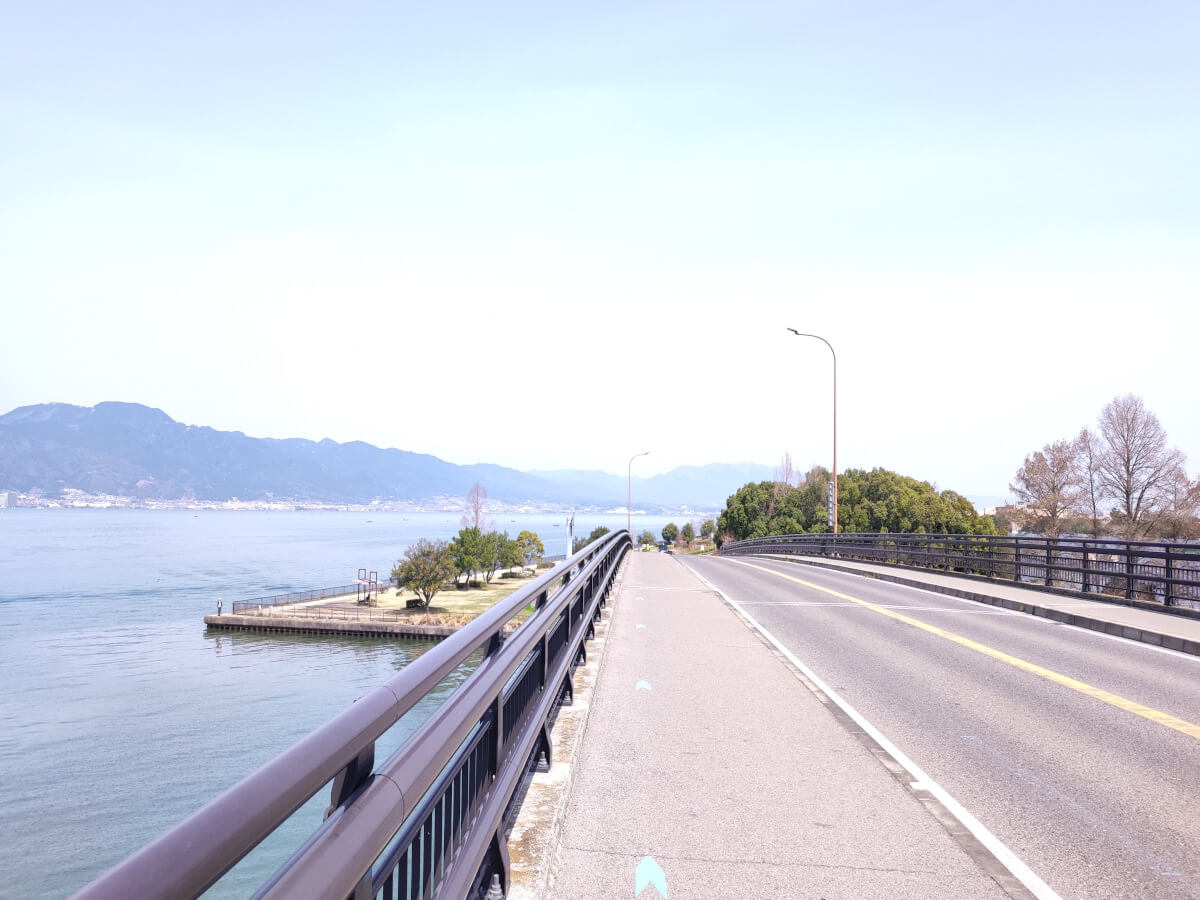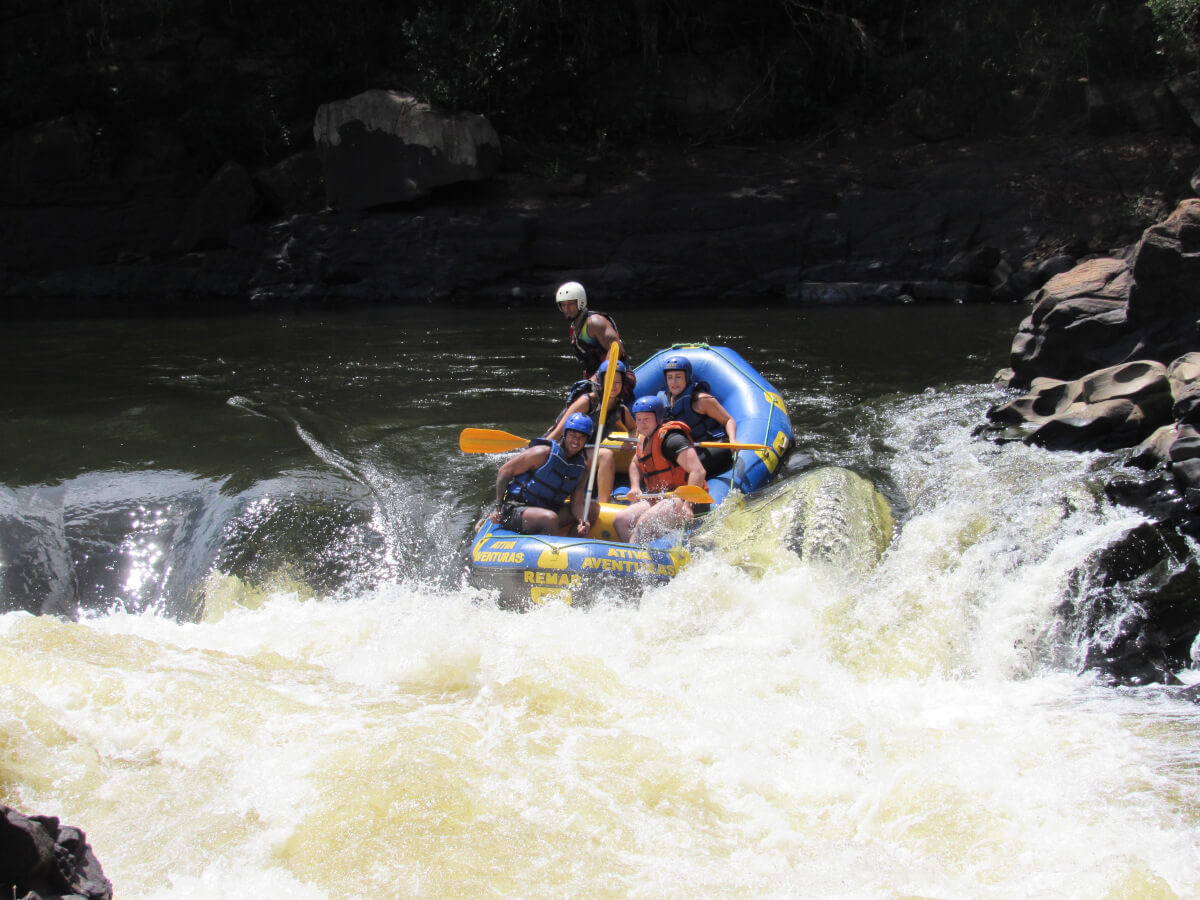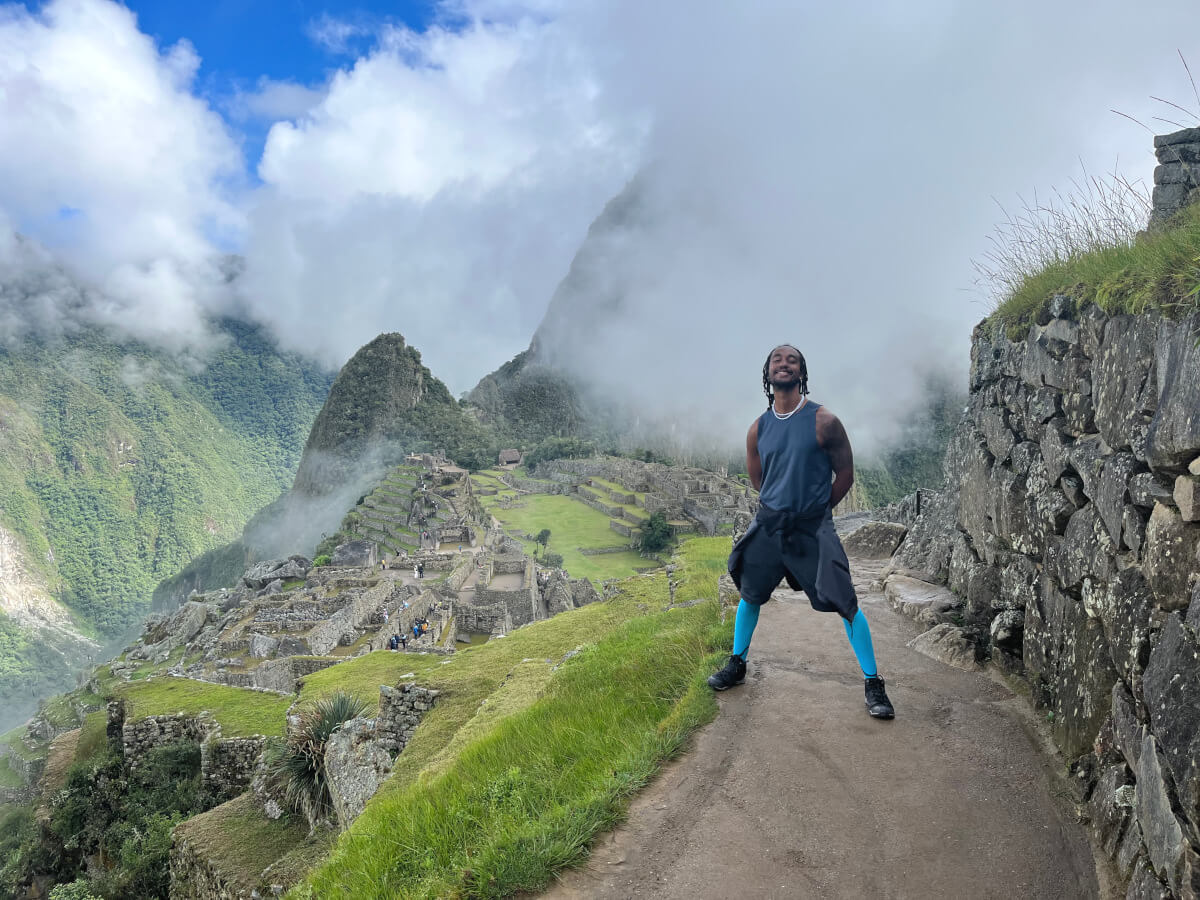Serbia’s landscape is diverse, rich, and vibrant for mountain lovers. This article shows several mountains in Serbia and the types of activities that are available. If you like hiking, trekking, mountain biking, or paragliding, this article will give you an excellent overview of options in Serbia.
I have been exploring nature in Serbia since 2015, finding hidden gems and visiting famous mountains. I can assure you that nature in Serbia is overpowering, majestic, and untouched in some places.
The mountains in Serbia offer opportunities for adventures all year round. During the winter, mountains like Kopaonik, Stara Planina and Zlatibor transform into ski resorts, offering many ski tracks for beginners and experienced skiers. Skiing in Serbia is still a more affordable option than other ski resorts in the EU, even though prices are getting closer to it.
As the snow melts and spring brings new life into the landscape, these mountains reveal their forests and open fields, perfect for hiking, mountain biking, and paragliding.
Beyond the joy of outdoor sports, the mountains in Serbia contain a lot of rich history and folklore. Several of their trails lead to ancient monasteries, secluded churches, and medieval fortresses. When hiking through these mountains, one can’t help but feel the echoes of the past.
If you feel intrigued by this country and want to know more about these mountains and the activities available, buckle your seat belt and keep reading.
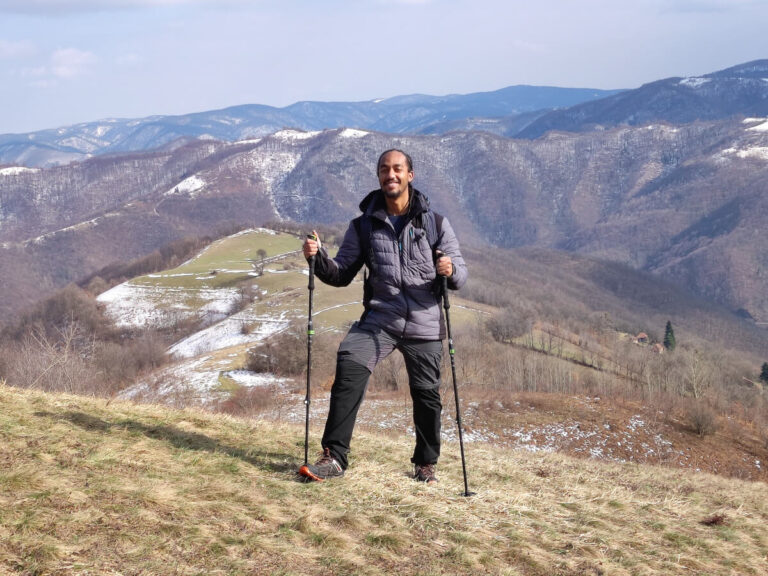
Table of Contents
Zlatibor
Located in the western part of Serbia, Zlatibor Mountain is known for its ski resort and health spas spread around Zlatibor town. Many main roads and railways pass through Zlatibor, the most important is the Belgrade – Bar railway. The nearest larger city in the area is Užice.
From hiking and skiing to enjoying the local cuisine at traditional Serbian restaurants, Zlatibor provides several experiences. The mountain is particularly famous for its hiking trails that go through dense forests and lead to stunning viewpoints.
During the winter, it’s time for the famous Tornik Ski Resort to shine. It offers a few ski tracks to please beginners and mid-level skiers/snowboarders. For experienced people, one day is enough to explore the entire ski resort since it has only five tracks.
Getting to Zlatibor from Belgrade is straightforward, with various transportation options available. The most convenient way to reach Zlatibor is by car, which takes approximately 3 hours. Alternatively, regular bus services operate from Belgrade’s central bus station to Zlatibor, click here to check the timetable bus.
Another option to reach Zlatibor from Belgrade is by train; you can find the timetable here and book a ticket. It’s, on average, a 4 to 5-hour ride passing by the country’s beautiful sceneries. For me, it is a good experience to travel by train in Serbia since they started working on renewing their train lines a few years ago.

Another reason to visit Zlatibor is if you are looking for a place to rest from the busy city. Zlatibor is well-known for its wellness scene, with several spas and luxury hotels offering various treatments. During winter, many people visit Zlatibor to escape from the 9 to 5 rush and be closer to nature.
The famous Kopaonik
Of all the mountains in Serbia, Kopaonik is one of the most famous. It is the largest ski resort in the country, attracting winter sports enthusiasts from many countries, mainly from the Balkans. The ski resort is big enough to keep people from all levels busy for days.
The mountain is a paradise for outdoor lovers, offering activities such as hiking, mountain biking, and paragliding during the warmer months.
Kopaonik is also known for its wellness scene, making it an ideal retreat for health and wellness tourism.
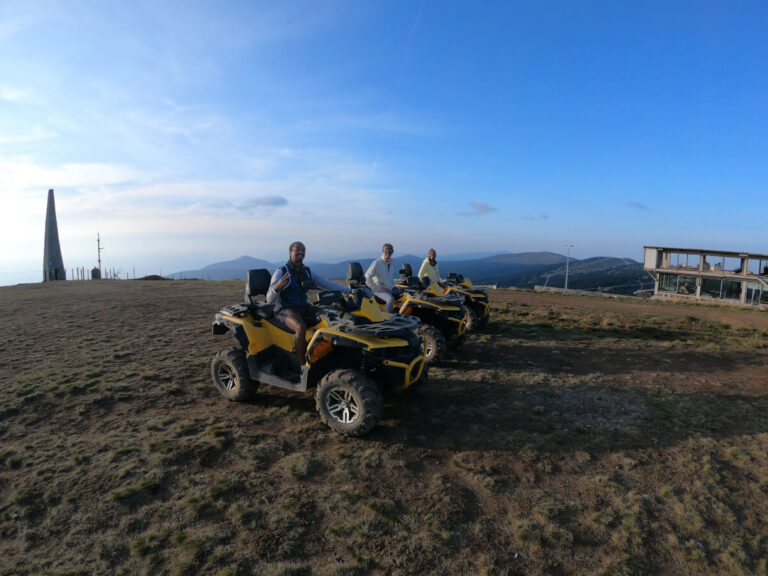
Reaching Kopaonik from Belgrade by car takes approximately 3.5 to 4.5 hours. Regular bus services are also available, with the journey lasting around 4 to 5 hours. Once there, visitors will find a variety of accommodations for all types of budgets, from luxurious hotels to cozy apartments.
Pro tip: A few companies offer shuttle services from Belgrade to Kopaonik. I found them a better option than traveling by bus to the mountain. My recommendation is to go with GeaTours when planning a trip. I went to Kopaonik with TerraTravel a few times, but I prefer GeaTours, they are more professional, and I had better experiences with them.
If you are into mountain biking, every year, there’s a cool MTB competition called Tri Strane Kopaonik. In this event, you can explore the many sides of Kopaonik while keeping yourself active.
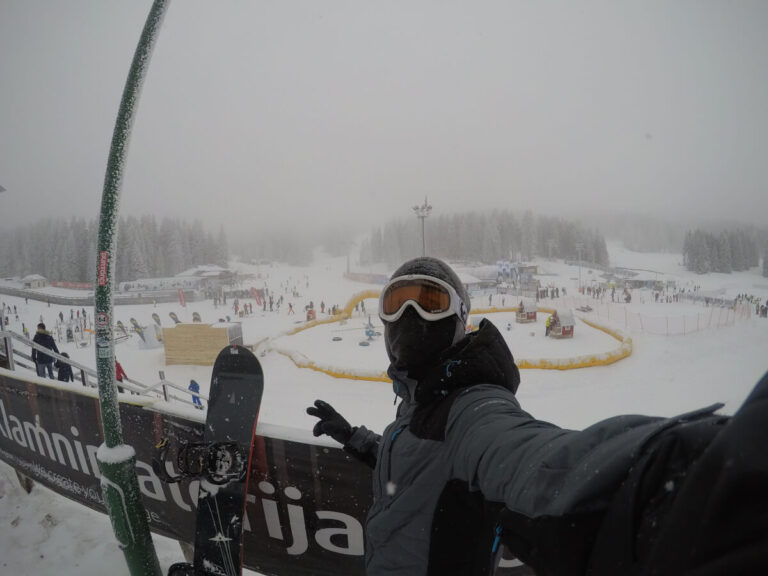
Vrsacka Planina
Vršačka Planina, or the Vršac Mountains, is a mountain range located in the southeastern part of Vojvodina, in the northeast of Serbia, near the border with Romania. The Vršac Mountains are known for their geological significance and unique rock formations.
The area has history to tell visitors, with the medieval Vršac Castle built on one of its peaks.
Wine tourism is a famous activity in Vrsac due to the good soil for grapes in the area. A couple of vineyards, like Vinik, offer visitors a chance to taste local Serbian wine. If you decide to hike Vrsacka Mountain with a tour agency, they will offer an optional visit to a winery in Vrsac after the tour.
Hiking is a famous activity in the mountains. It is a good option all year round, even during the winter. Another famous activity in the area is paragliding, where ecotourists can see beautiful views of Vrsac from a different angle.
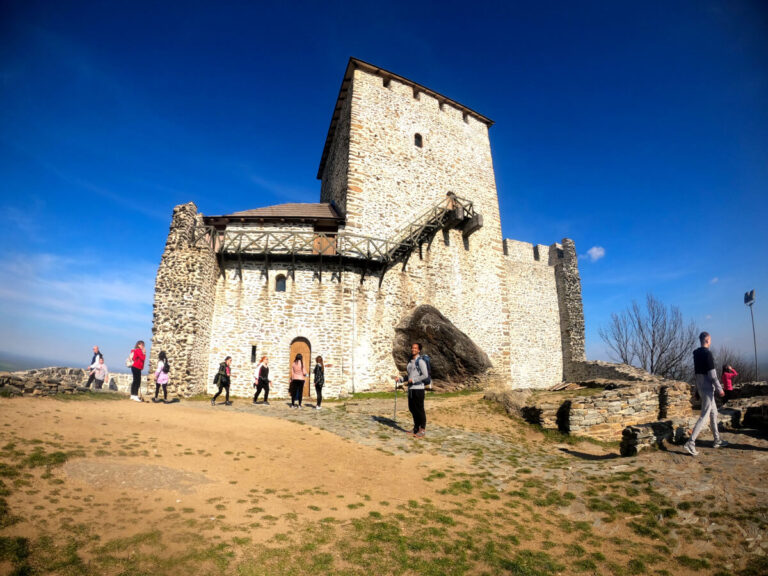
Journey Through Serbia: The Ecotourism Travel Guide You Need
Get your hands on the ultimate travel guide to uncover the hidden gems of ecotourism in Serbia. Don’t miss out on this opportunity to explore the country like a local!
The Pair Mali/Veliki Vulkan
Located between the villages of Zdrelo and Breznica, Mali Vukan and Veliki Vukan are two mountain peaks in Serbia that are part of the Homolje mountain range in eastern Serbia.
It’s an easy-moderate hike to reach both peaks on their well-marked trails. Several trails can reach the peak in Mali Vukan. The views from both peaks are stunning, and the hike is a good fit for beginners.
For those interested in further exploration of the area, at the end of the trail. There’s a monastery called Zdrelo, where ecotourists can get into the past of Serbian history.
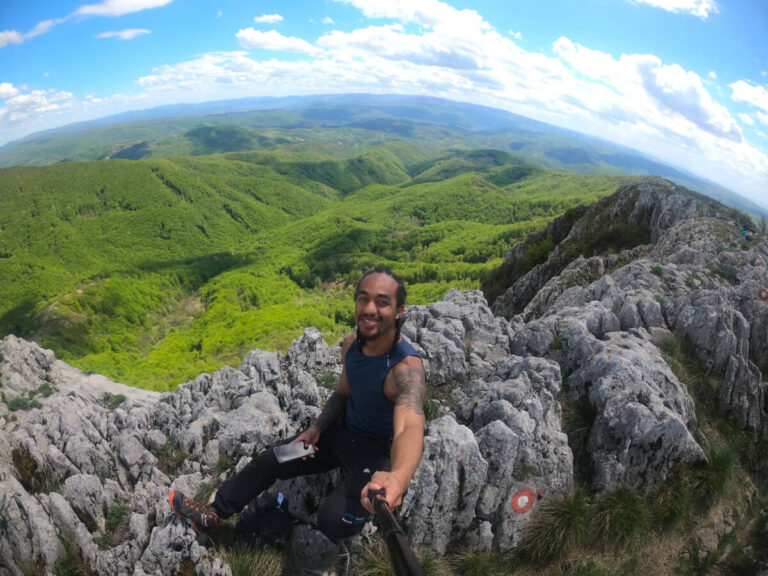
The vibrant Rajac
Rajac Mountain, located near the town of Ljig, about 100 kilometers south of Belgrade, is accessible by road. The drive, typically lasting around 2 to 3 hours, takes you through green valleys and traditional villages.
What makes Rajac Mountain special is the abundance of activities it offers, making it a vibrant destination throughout the year. In the warmer months, the mountain becomes a playground for hikers, mountain bikers, and nature lovers.
Paragliding is a famous summer activity in the mountain. If you are willing to have great views of Ljig, Cacak, and the other villages in the region, try it.
Several trails in the mountain are accessible year-round for hikers. I went on hike tours there during the summer and winter, and both experiences were excellent. My favorite activity was hiking there during the cold winter when a lot of snow in the mountain showcased a fantastic and picturesque landscape.
For those interested in cultural experiences, there is a three-day traditional scythe festival every year in July. It is a local competition in traditional grass cutting with a scythe and traditional Serbian music to boost the morale of the participants.
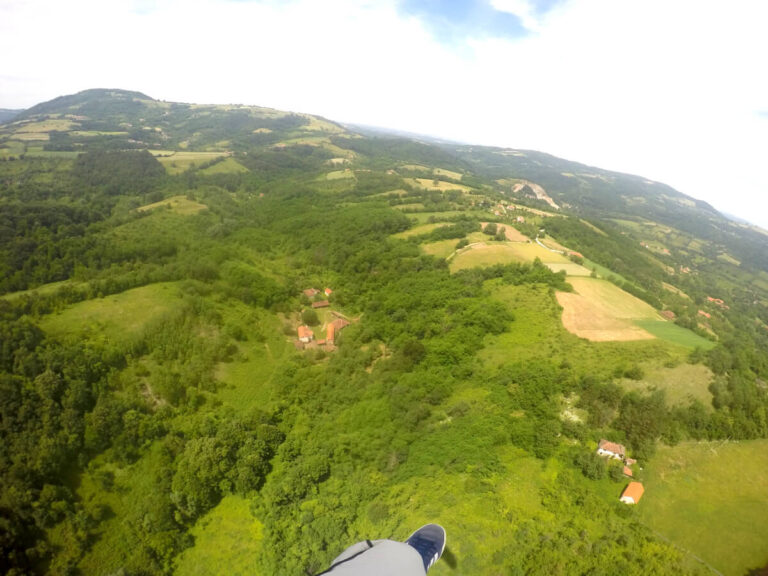
Tara National Park
Tara Mountain is a sanctuary for numerous plant and animal species, some of which are endemic or rare, making it an essential area for conservation efforts in Serbia. The fauna and flora in the region are very diverse.
The mountain is a paradise for hikers and mountaineers looking for adventures all year round.
Besides hiking, another famous activity is rafting, an adventure that takes you through the Drina Valley. The best time of the year for rafting is in April, when the remaining snow and ice from winter melt, increasing the water flow in the river.
Tara National Park is big, so one can spend weeks exploring all the activities available in the area. Tour agencies also offer canyoning and ATV Quad rides for adventurers.
Besides physical activities and sports, beautiful lakes like Perucac and Zaovine are available for those willing to be in nature without hiking or rafting.
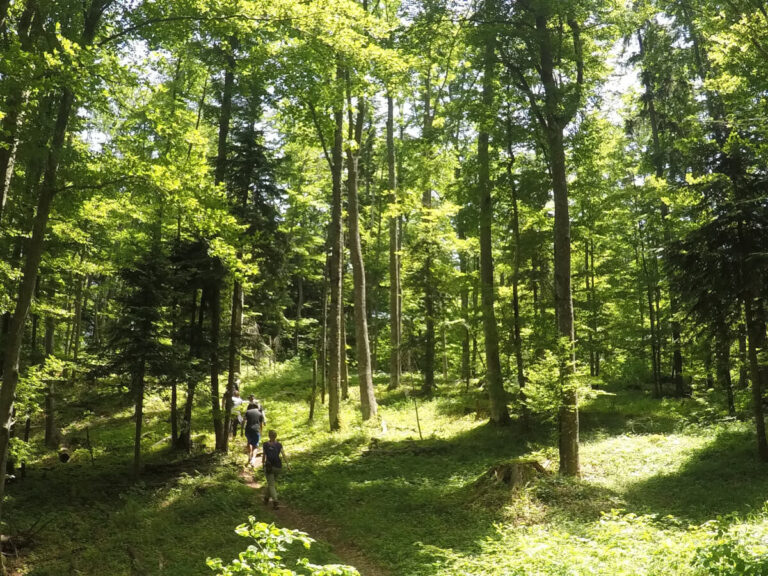
The magical Stara Planina
Stara Planina holds a special place in the heart of Serbia, being one of the most beautiful mountains in the country. The highest peak is Midžor, reaching 2,169 meters on the Serbian side. The mountain is also part of Bulgaria, extending to the town of Varna.
For hikers, several trails connect the many parts of the mountain. You can find options for day tours and multiple-day treks in the region. I recommend taking at least a weekend to explore it due to the distance to reach the mountain, mainly from Belgrade.
Public transportation to Stara Planina is more accessible than to other mountains in Serbia, but there’s room for improvement. Buses can take you to nearby towns like Pirot or Knjaževac, which are gateways to the mountain’s base.
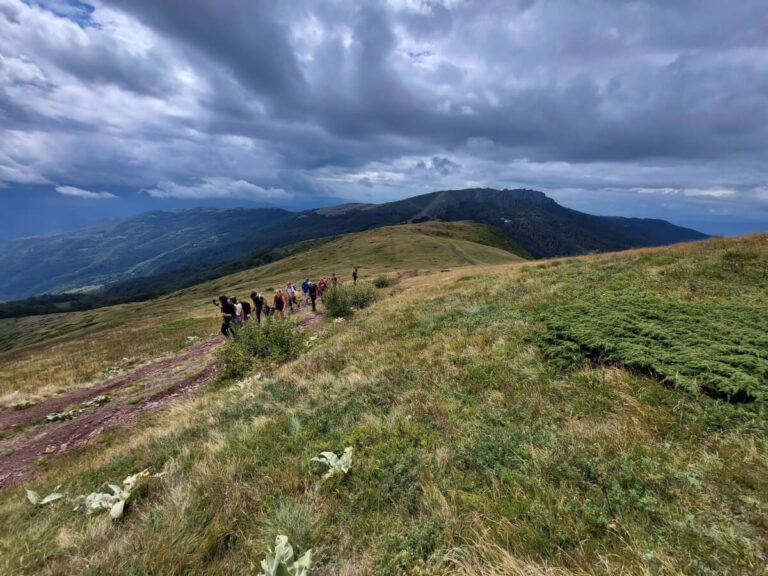
Another fact that makes Stara Planina stand out is the ski resort on the Serbian side. It is the country’s second-biggest ski resort, attracting many skiers/snowboarders from Serbia and neighboring countries like Bosnia and Bulgaria.
Although the resort is smaller than Kopaonik, it has enough ski tracks to please skiers and snowboarders of all levels. If you are an advanced skier or snowboarder, two days will be enough to explore the resort fully without boredom.
Stara Planina is the perfect place for beginners due to lower prices and wide tracks. It will help them practice more without the fear of small tracks that can be present in someone starting in winter sports.

Miroc, the iron gates
Miroč Mountain, near the border with Romania, is part of the Đerdap National Park. The area in the park is known as the Iron Gates, a group of four narrow gorges that form the border with Serbia and Romania.
For those interested in hiking in the area, several trails are waiting for ecotourists to explore them. If you like history, visit the Golubac Fortress and the Lepenski Vir, a famous and well-preserved archaeological site. The site dates back from 6700-4500 BC and consists of remains of fishermen and hunters settlements and a regional holy site.
Pro Tip: If you plan to hike, add the Gradasnica Cave to your route. It’s a nice cave that requires no entrance fee. It will give you a nice landscape change during the hike and a good place for a break.
Another activity in the area is kayaking downstream through the Iron Gates. On this tour, you will have a chance to see the biggest rock sculpture in Europe: The Decebalus Rex.
The Iron Gates is also part of the Eurovelo 6 route, so cyclists fans can enjoy an excellent tour along the Danube River. It’s also another way to visit the main highlights of the area. If you are looking for activities to do in the area, click here.
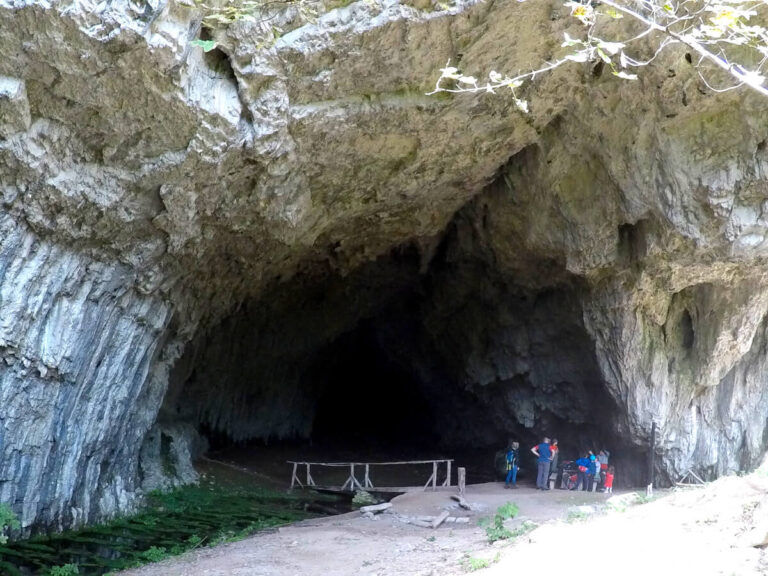
Mountains in Serbia: Planina Cer
Cer Mountain, unlike the busy ski resorts in Serbia, offers an excellent option for hiking tours. Cer’s trails lead adventurers through picturesque landscapes, breathtaking views, and historical sites. The Radovasnica Monastery and the war memorial about the Battle of Cer in World War I are among the most famous sites in the area.
Cer is a perfect mountain in Serbia for a day tour. There are a few tour agencies offering hikes from Belgrade.
If you want to spend a night in there and explore the area deeply by yourself, there’s the Lipove Vode Mountain Lodge, where you can stay. It’s a 2 hours drive to reach the lodge from Belgrade.
Both winter and summer are good seasons to explore the mountain and learn about its history. I love to explore the mountains in Serbia because of their important historical context. Many mountains have exciting stories to tell, enriching the experience for ecotourists willing to learn more about their history.
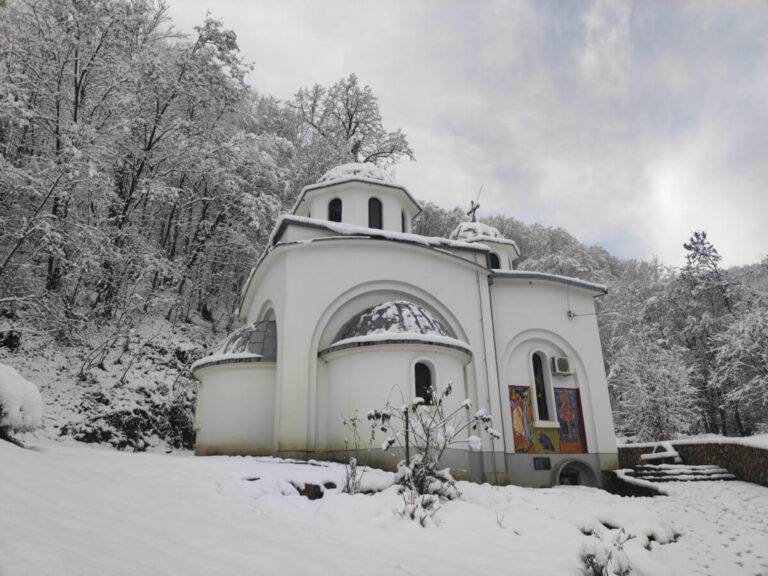
Mountains in Serbia: Bukulja
Bukulja Mountain, near the town of Aranđelovac, about 80km from Belgrade, is a perfect place for a day tour. The hike around the area is not very demanding and is an excellent option for beginners. It is not one of the most prominent mountains in Serbia, but it has charm and offers a captivating escape into nature. From the peak, the reward is the stunning views of Aranđelovac.
There are two lakes in the area for you to explore: Bukuljsko and Garasko. They will make the day hike more enjoyable with their magical views. Visiting both lakes and the mountain peak will result in a 20km hike with an elevation gain of 627m.
Pro tip: At the end of the hike, I recommend you stop by the Bukulja Restaurant to reward yourself with a nice post-hike meal.
There’s a water source used for medicinal purposes for many years now, and the water is used to produce the Knjaz Milos water.
The mixture of lush forest surrounded by lakes and the mountain vibes creates a unique touch in the area. This mixture truly sets Bukulja apart from other mountains in Serbia.
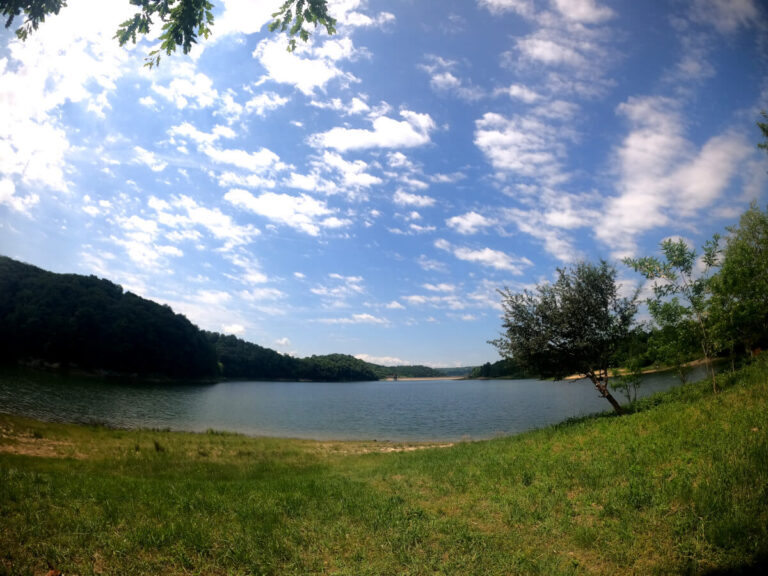
Mountains in Serbia: Divicbare
Divicbare Mountain is a captivating mountain that offers a variety of activities in the area, showcasing its natural beauty and serene landscapes. For outdoorsy ecotourists, it’s a perfect place for hiking, mountain biking, snowboarding, or a simple chill day in nature.
The mountain has a network of trails suitable for hiking and mountain biking. During the winter, the mountain transforms into a ski resort with one big ski track, ideal for beginners. Divicbare is one of the ski resorts you can find in Serbia, being the smallest.
One can spend days exploring the vast network of trails in the mountain area. The advantage of Divicbare is the friendly prices for all the activities. Even though Serbia is not expensive, prices can be higher in tourist areas.
Divicbare is still a gem in the country that feels untouched and with proper care. It has been recognized for its potential in developing ecotourism and sustainable practices.
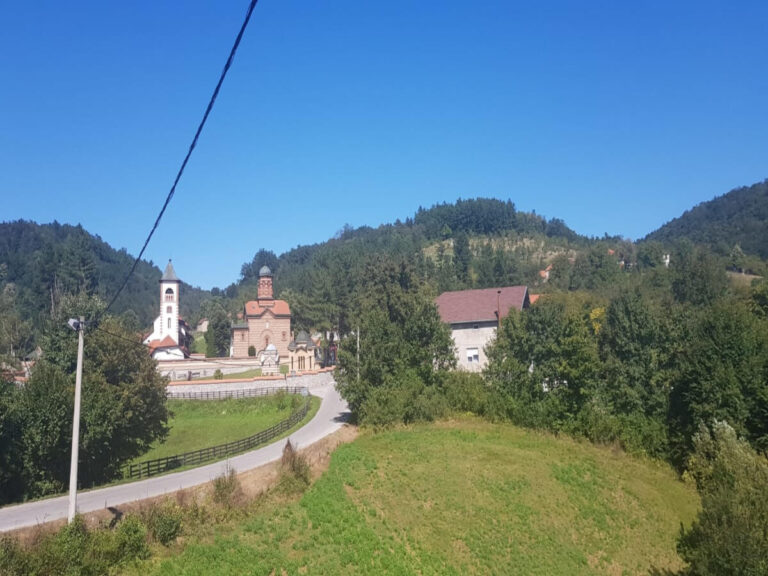
If you are looking to escape from the busy Belgrade for a day, Divicbare is an excellent option. Otherwise, I recommend you spend a few days in the area and immerse yourself in its nature. Another exciting place to explore around is the town of Valjevo, if you have the time.
The historic town of Valjevo has several museums, an old town district, and the beautiful Gradac River, adding cultural enrichment to the outdoor activities. Valjevo is a significant town for Serbia for several reasons, so take some time to explore it.
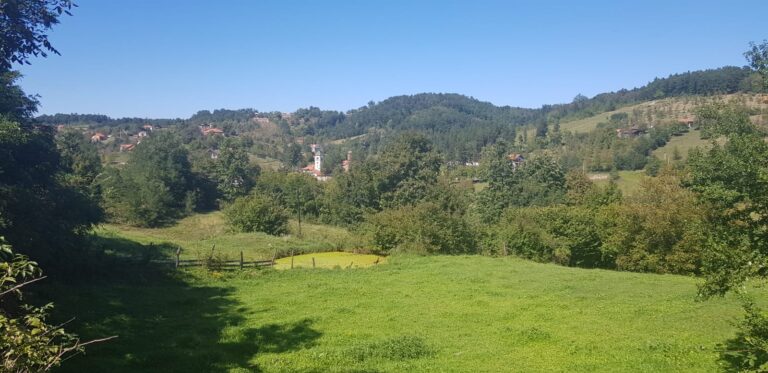
Mountains in Serbia: Jezevac
Each mountain in Serbia tells its own story and presents ecotourists with unique experiences. Ježevac Mountain, though not as widely known as some of Serbia’s larger mountains, offers an unspoiled beauty for a winter or spring hike.
There are two monasteries in the mountain area: Gornjak and Blagovestenje Gornjacko. The second monastery is in ruins but still preserved. There’s a monk taking care of the place. You can learn more about the history of the place after talking to him.
I went there on a day tour during the winter, and the trail was muddy in many parts. It was difficult to pass through in some spots, but there was nothing that could ruin the hiking experience. The experience might be better during the summer, mainly for a picnic at the mountain’s peak.
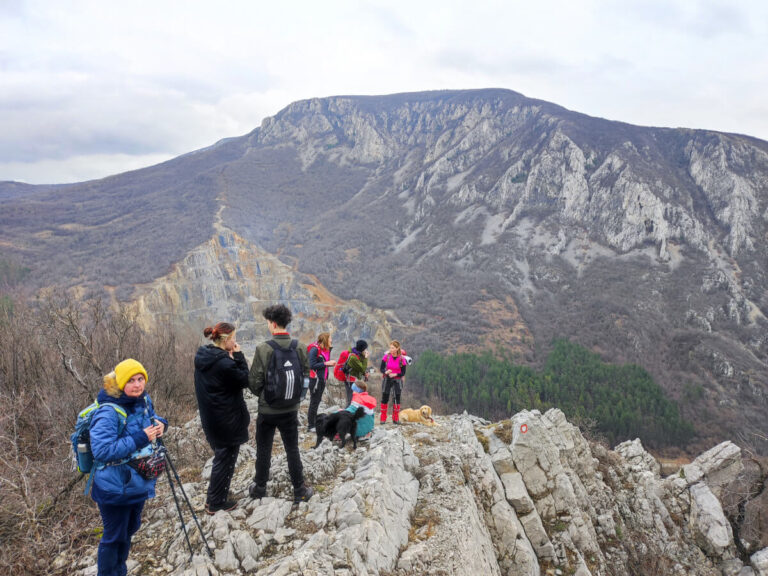
Mountains in Serbia: Magles
Magleš is another gem I found in my explorations of mountains in Serbia. The view of the open fields and surrounding mountains is the highlight of this hike. On the way, you will have a chance to visit the Sveotg Velikomucenika, an isolated Monastery in the middle of a big open field near the peak of Magles.
Valjevo and Divicbare are near Magles; if you want to extend your experience, there are more activities to do in the area. If a day tour is what you are looking for, reaching Magles from Belgrade takes around 2 hours by car.
Unfortunately, no direct public transportation can help you reach the mountain. The best option is to go with a tour agency if you need transportation.
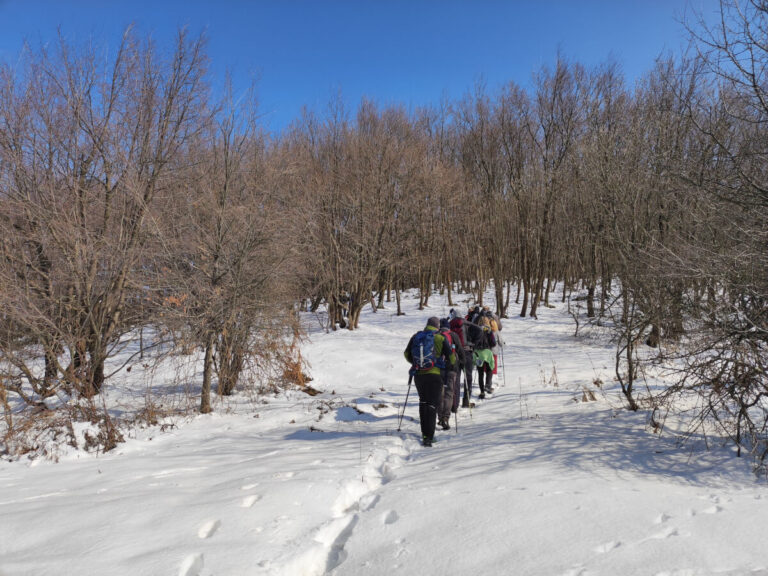
Read about more activities in the area:
Mountains in Serbia: Stolovi
Stolovi Mountain, near Kraljevo, is a mountain known for its unique geological formations, including its name “stolovi” (tables in Serbian). The peaks of the hill are flat, which is why it gives its name. Another reason the mountain is known is the wild horses living in the area.
The horses were brought by owners in the ’70s due to the high feeding expenses they couldn’t bear. Luckily, the horses managed to survive back to the mountains; slowly, they started reproducing and multiplying.
The mountain attracts hiking and mountain bike lovers, and several marked trails are part of its network. Reaching the mountain peak with proper vehicles is possible, so don’t be surprised if you see the area around the peak crowded.
Mountains in Serbia: Povlen
Povlen Mountain is part of the mountains around Valjevo. It has several peaks, but three are the most important: Mali Povlen(1347 m), Srednji Povlen (1301 m), and Veliki Povlen (1271 m). The main activity on the mountain is hiking.
It’s a lesser-known place in Serbia but offers excellent views of open fields around the mountain. Several tracks in the area will please hikers of all levels.
You can explore the mountain doing a day tour from Belgrade or spend a few days on a long weekend exploring other mountains near Valjevo. Divicbare and Magles are nearby mountains you can combine to spend more days in nature.
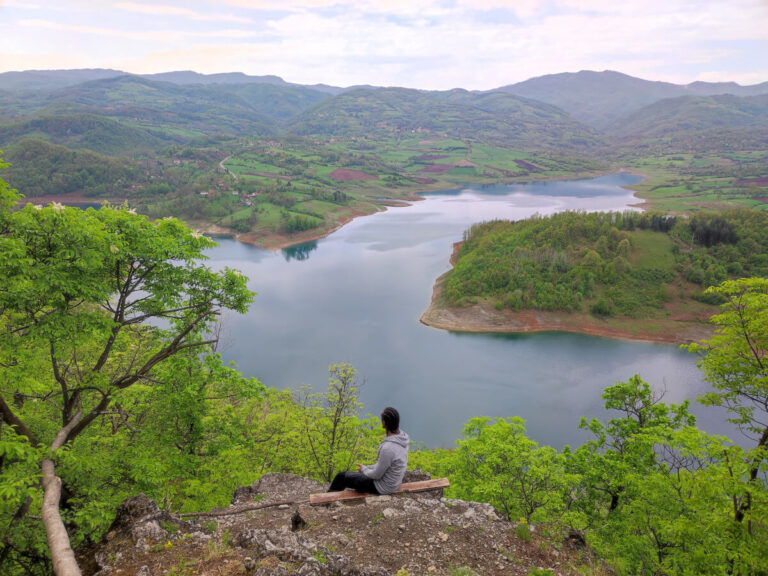
Mountains in Serbia: Starica
Starica Mountain, in the eastern part of Serbia, near the town of Kučevo, is another of the country’s hidden treasures. The main activity on the mountain is hiking, which is usually combined with a visit to the famous Rajko’s cave.
My experience hiking there during the winter was beautiful, with amazing views of the Majdanpek village. Unfortunately, some extraction in the area spoiled the experience a bit. The uphill to the peak wasn’t very demanding, and the track was suitable for beginners.
At the end of the hike, when visiting Rajko’s cave, you can have a guided tour to learn more about its history. I loved how the cave was well maintained and the professionalism of the local guides. They were very passionate about explaining everything about the cave and the area. It is very chilly inside the cave, so bring a proper jacket.
Mountains in Serbia: Orovica
Orovica is a modest-sized mountain known as the “Serbian Arizona.” A visit to the mountain will explain why. There are two peaks, and both can be visited during one hike. The highest peak is Velika Orovica, at 856 m.
During the spring, the mountain showcases beautiful scenery with lush forests, river streams, and views of the surrounding mountains. From Velika Orovica you can see the mountains of Loret, Ovcar and Zlatibor. What truly sets Orovica apart from other mountains is the views, mainly from the Vlasenac viewpoint. It surpassed my expectations while visiting.
Like in Povlen, the main activity in Orovica is hiking. This destination is best for a pleasant day tour in nature. The trail is well marked, and a loop around the mountain results in an 11km hike.
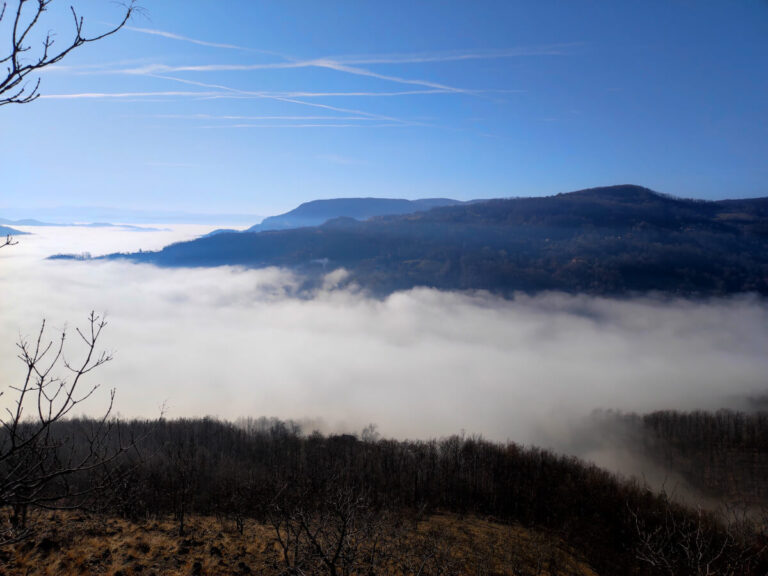
Conclusion
This guide covers the mountains I visited in Serbia to help you better understand which types of activities are available in each one. I hope that now it is clear what you can expect from these places in the country.
I have always been impressed with the areas I found in Serbia during my explorations, so it’s a pleasure to share everything I have discovered with you here.
See you all on the next adventure!! Bye!!

